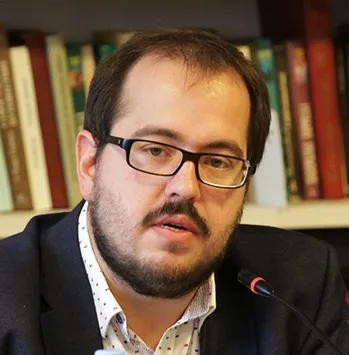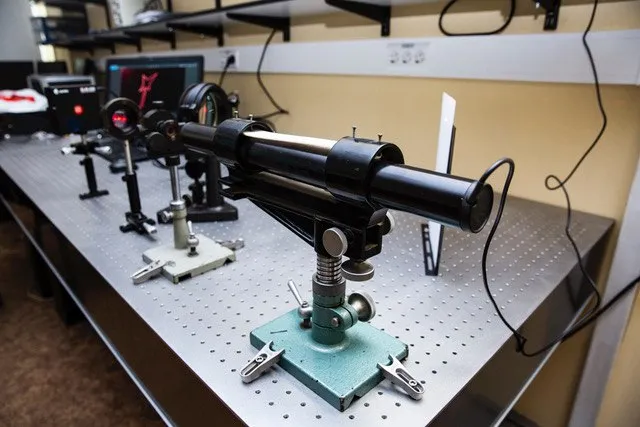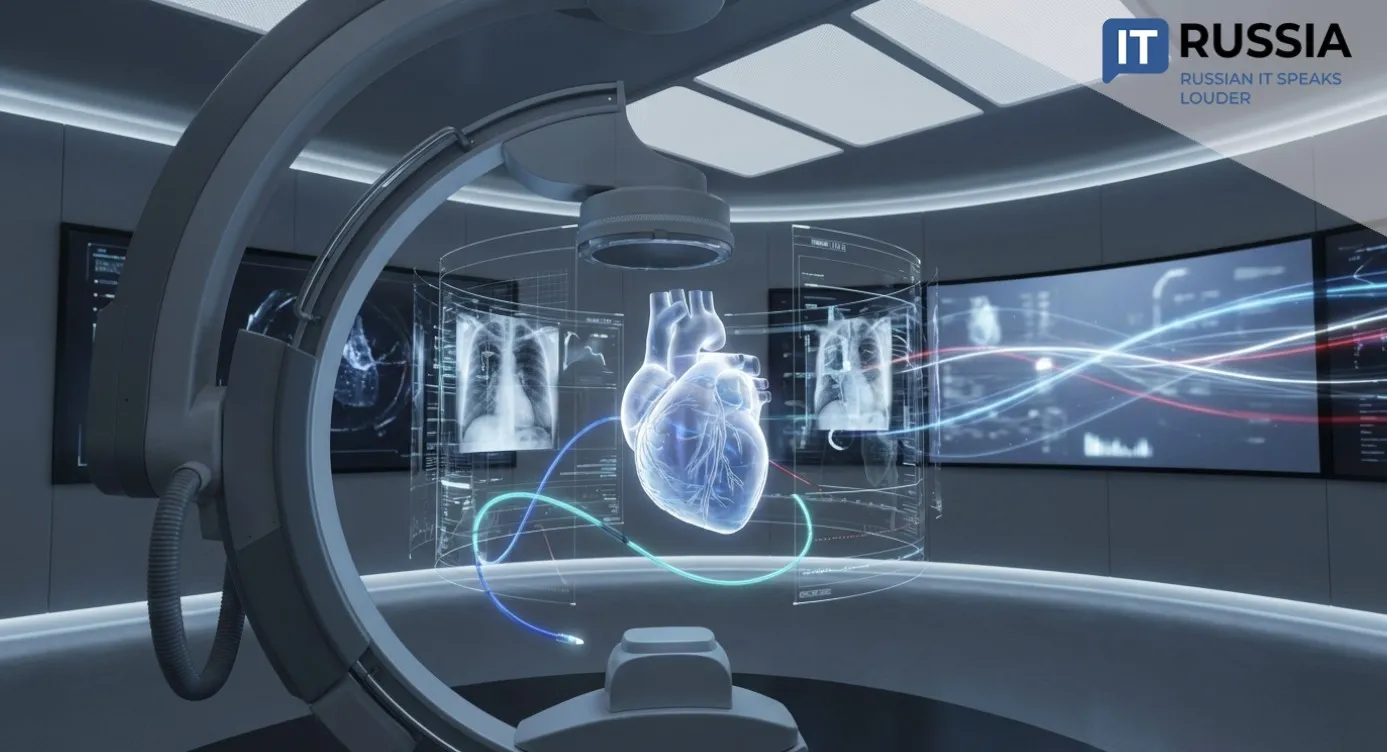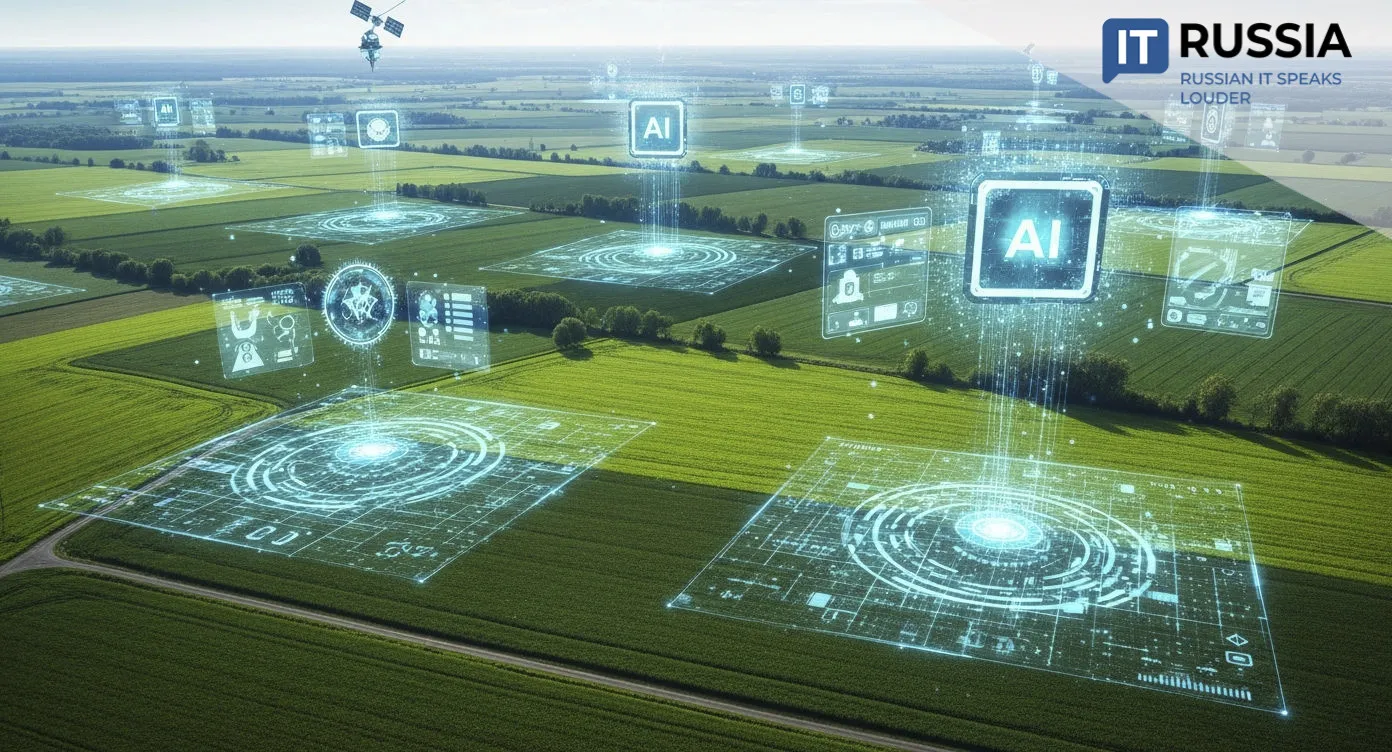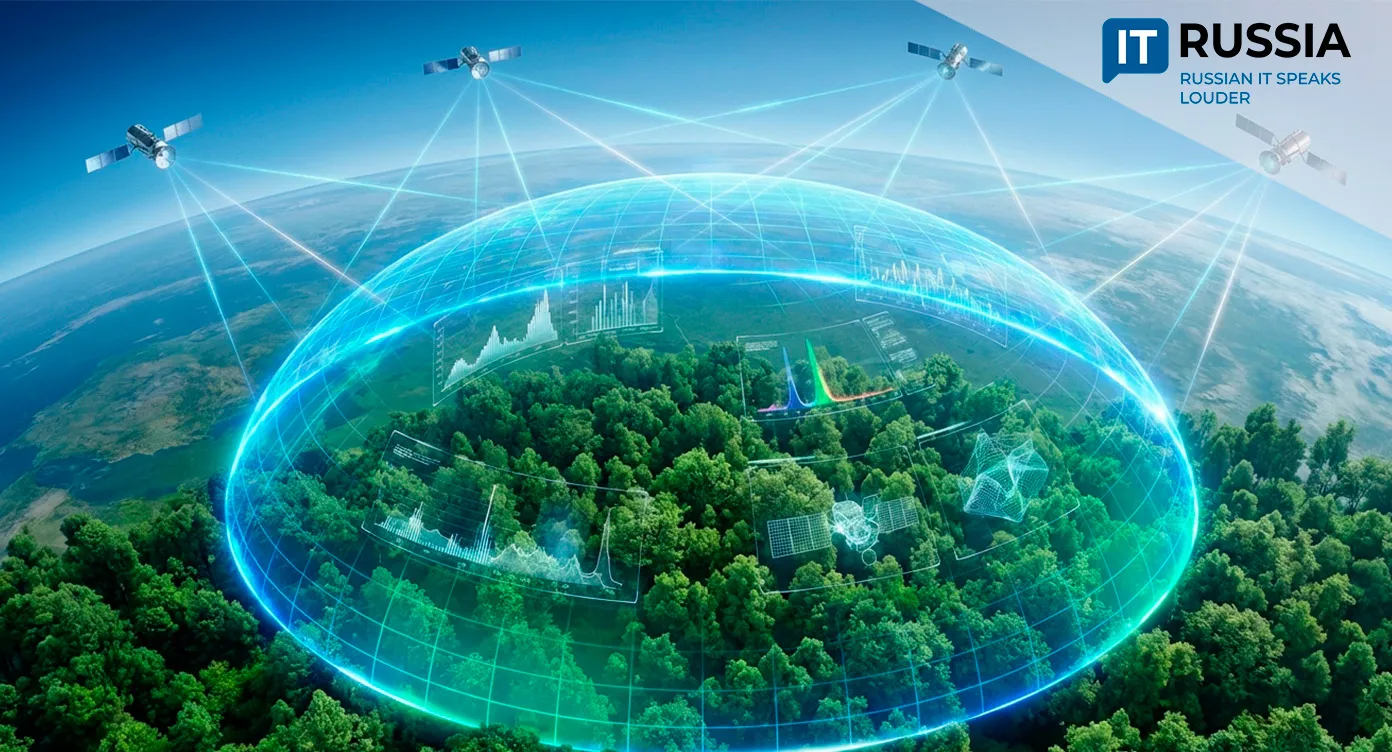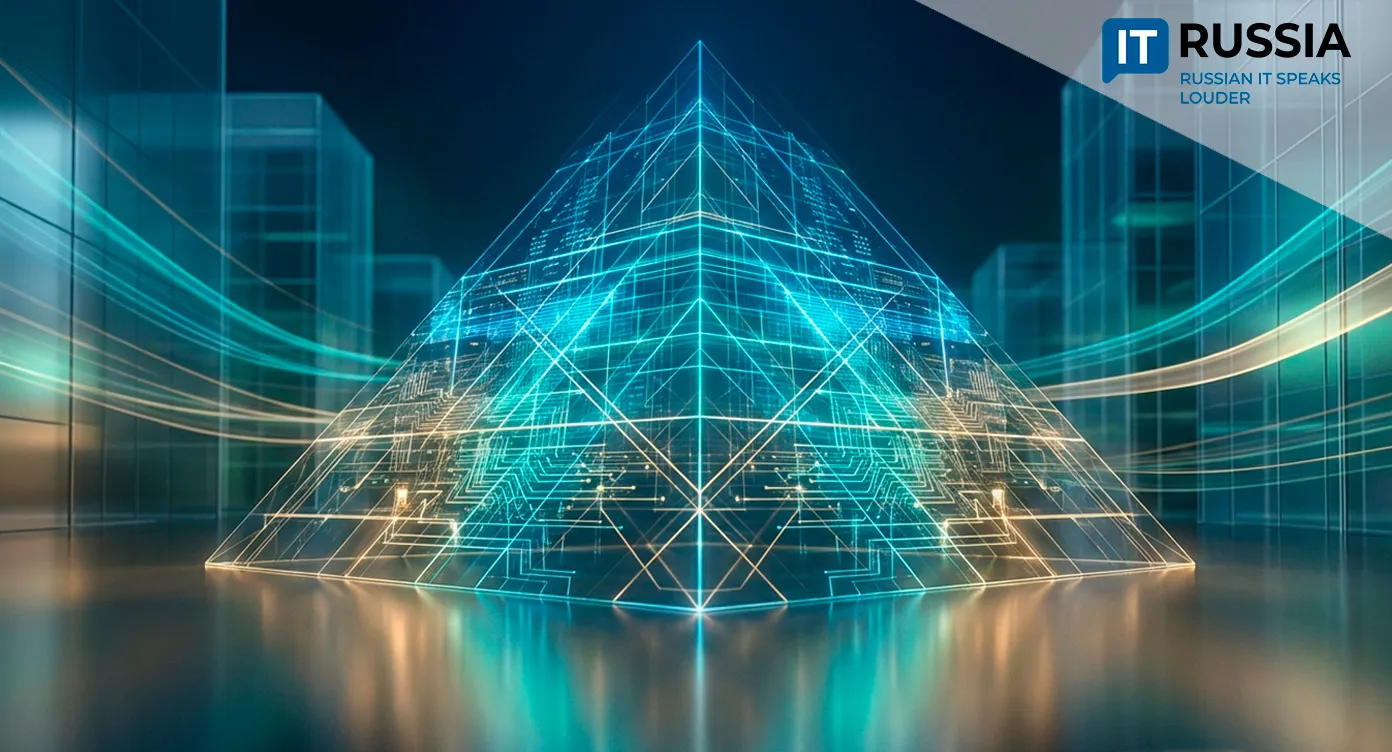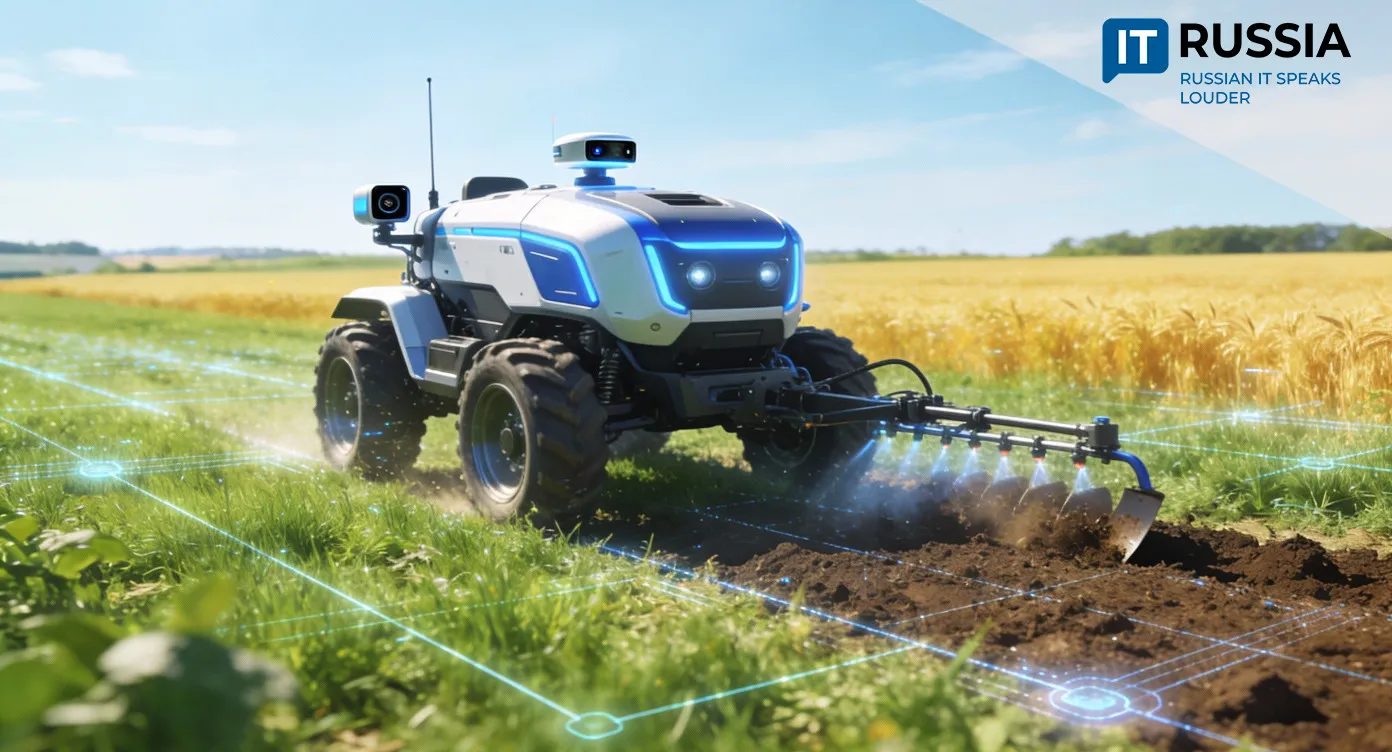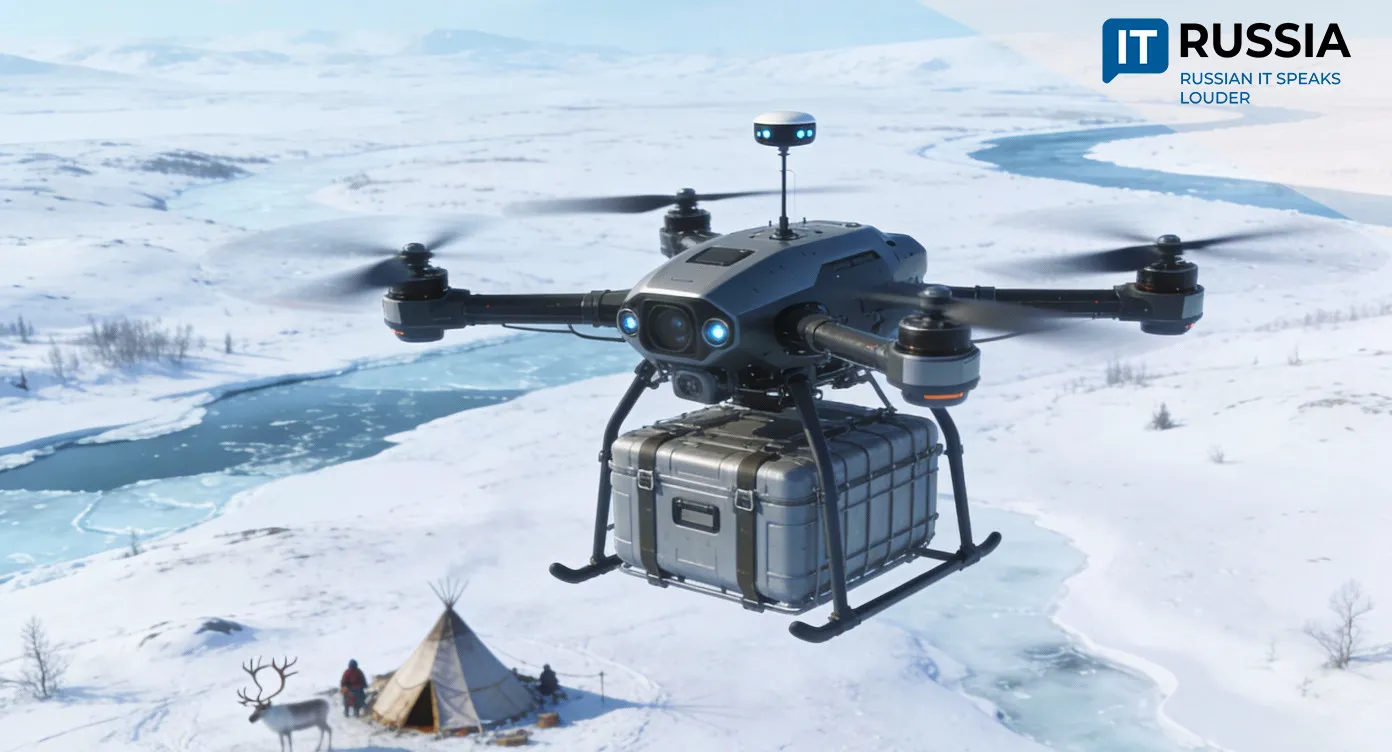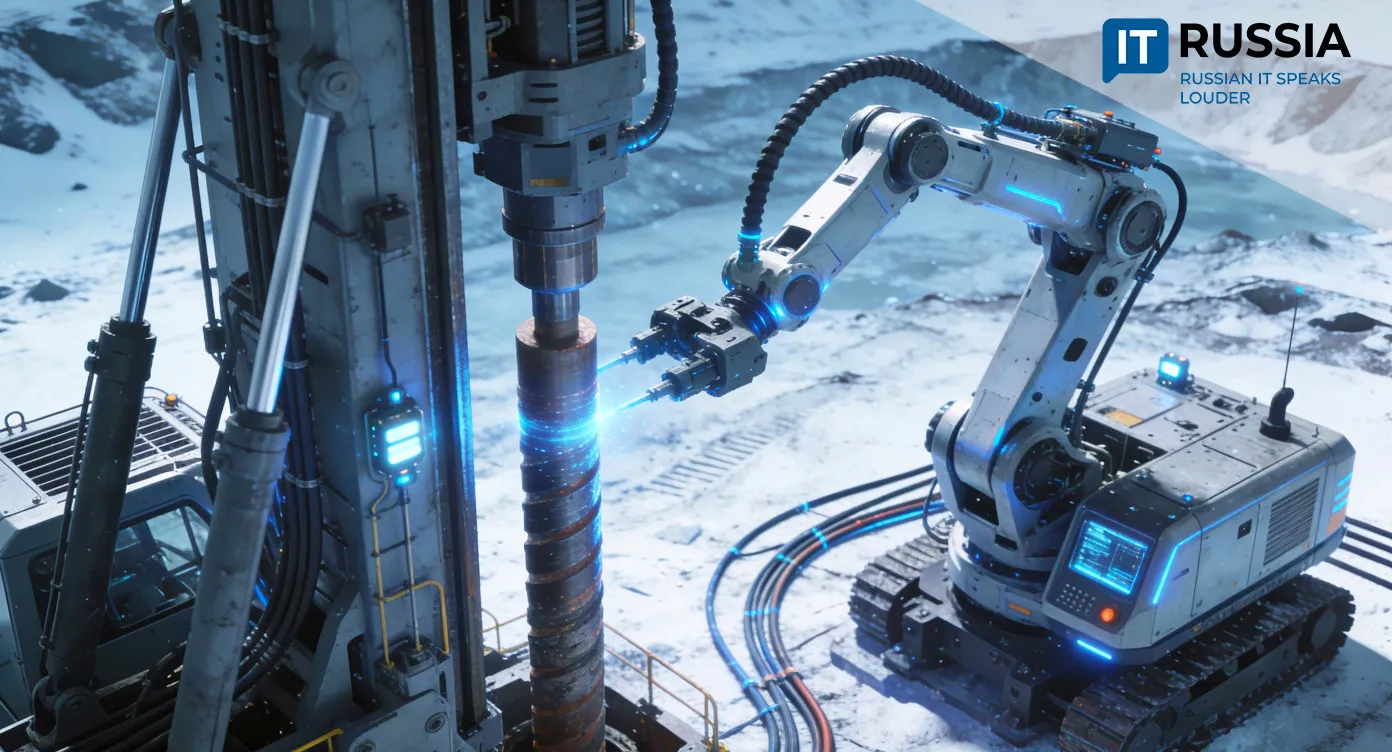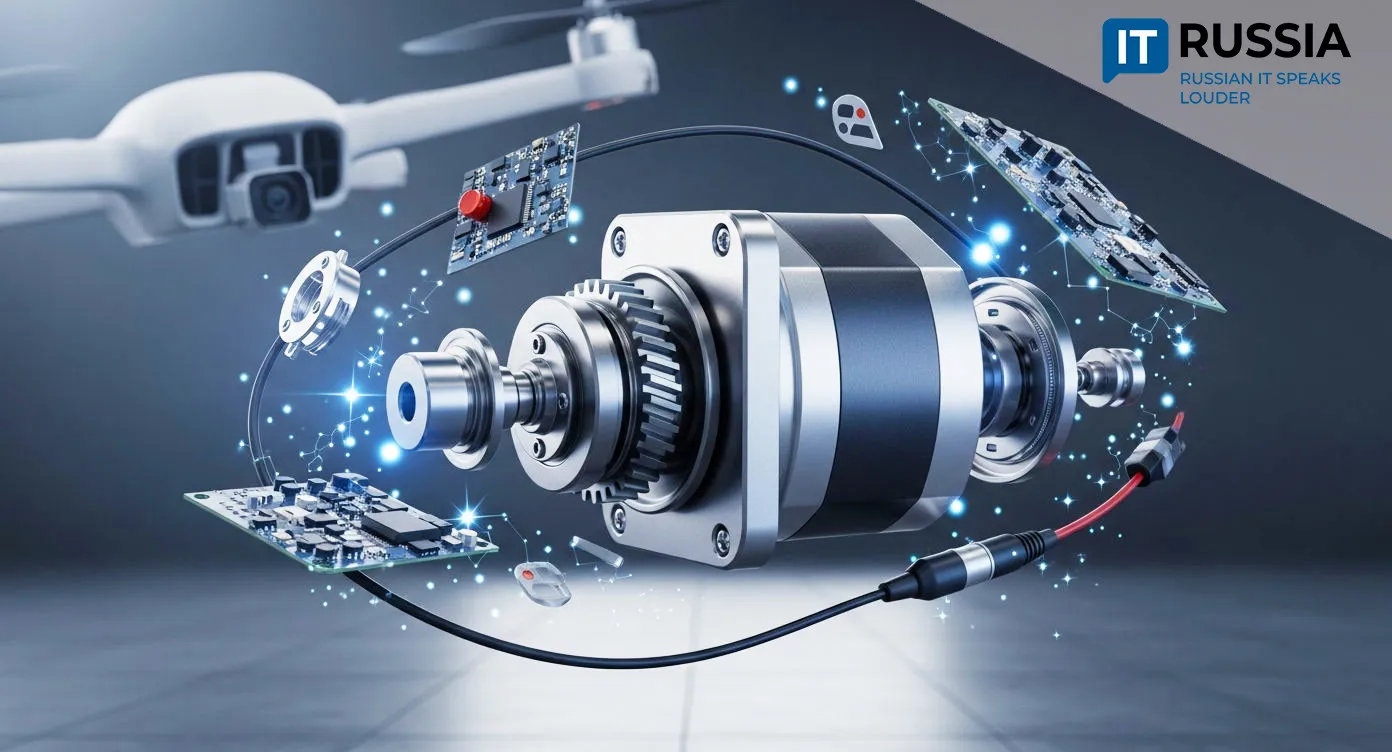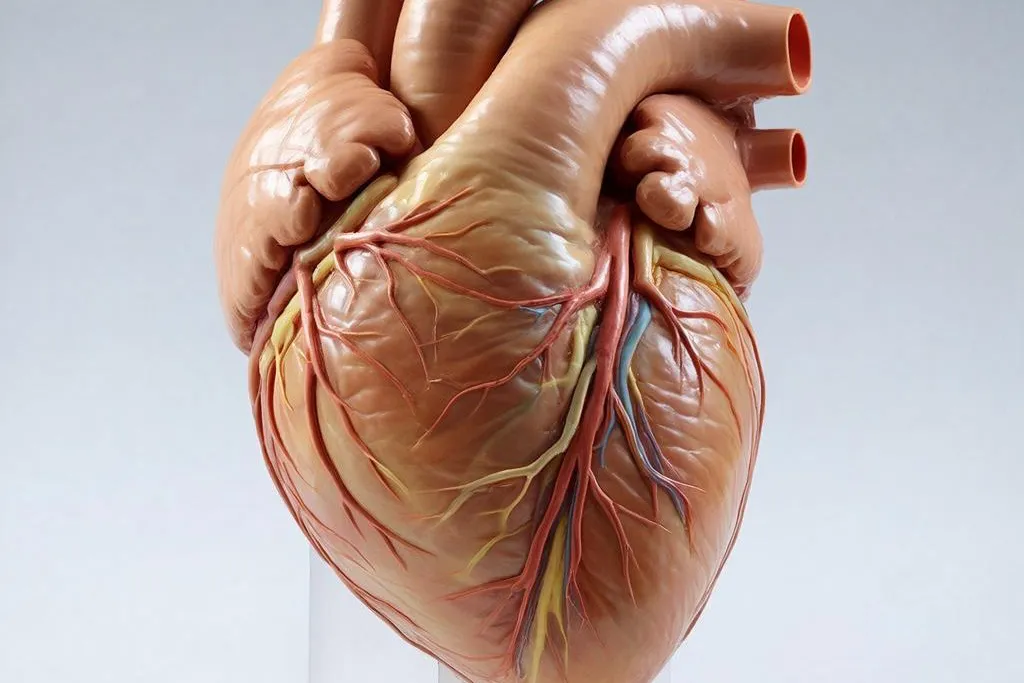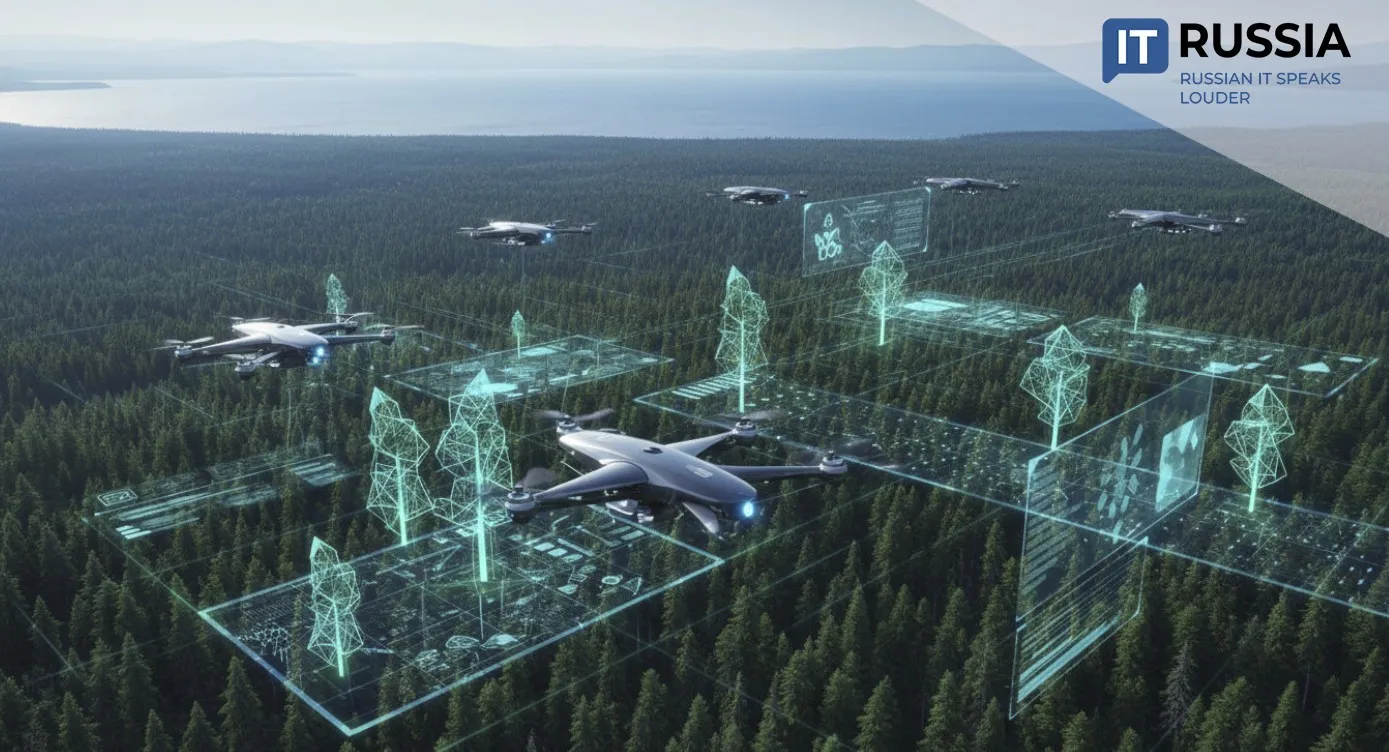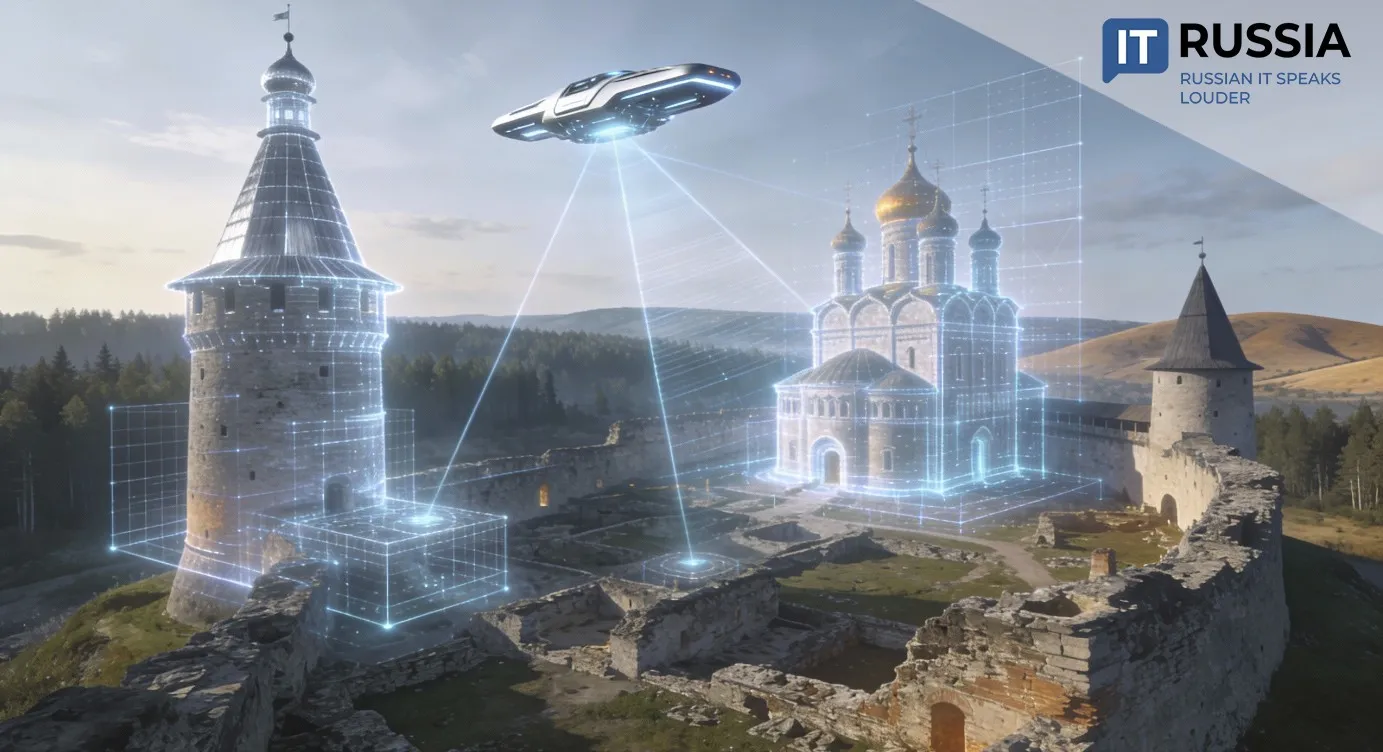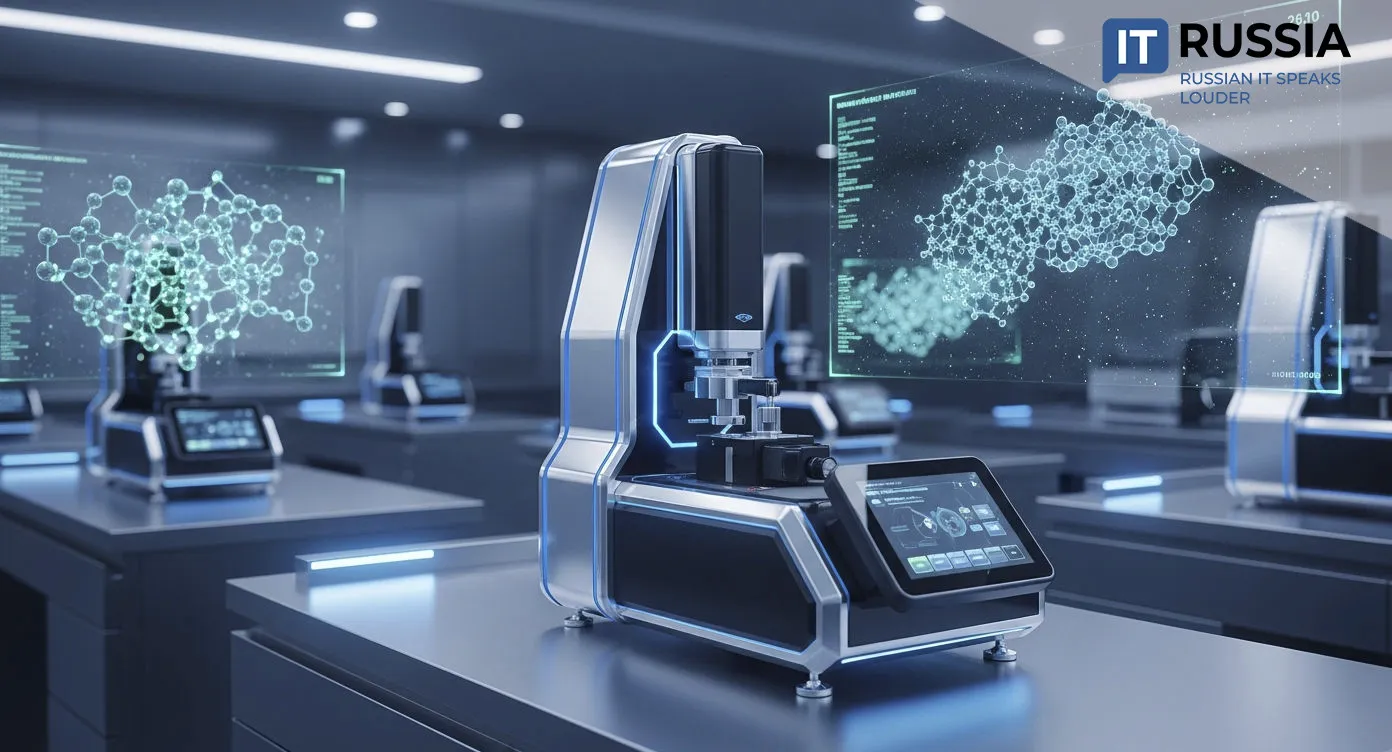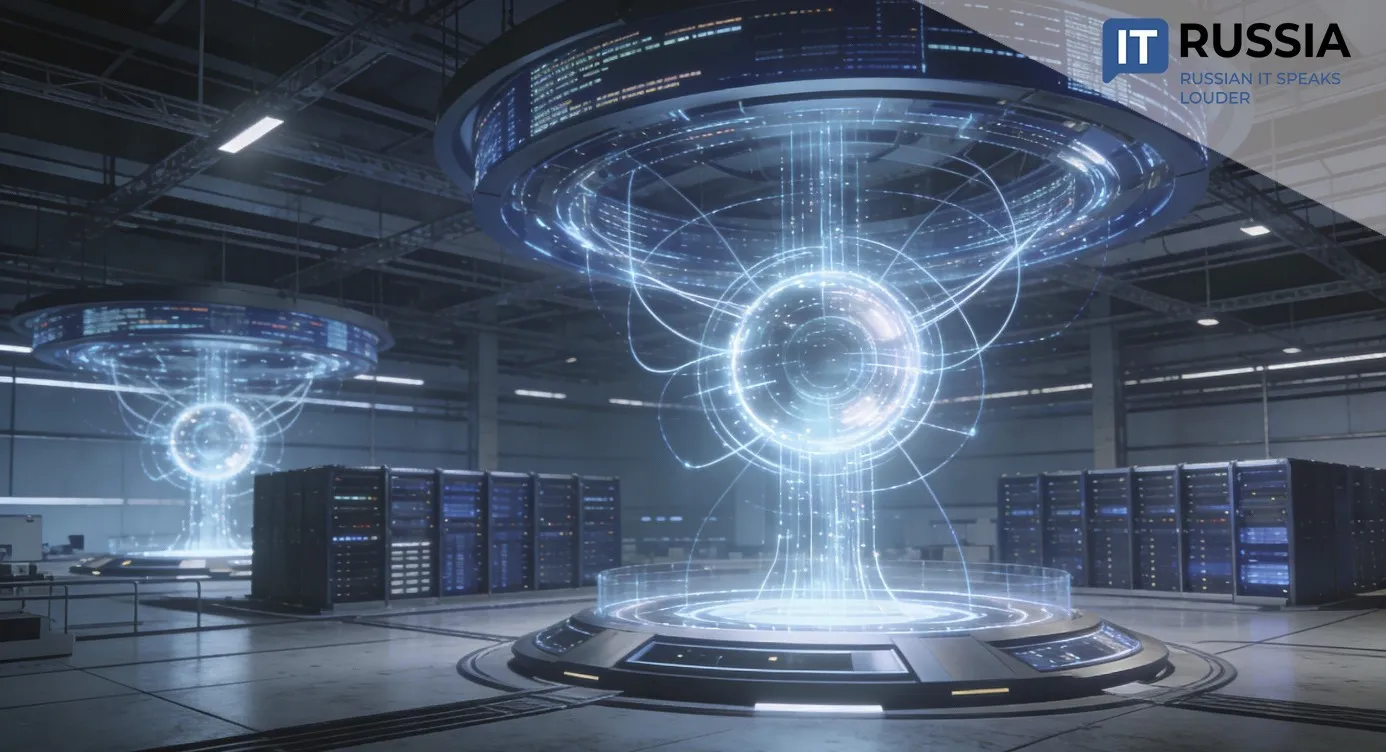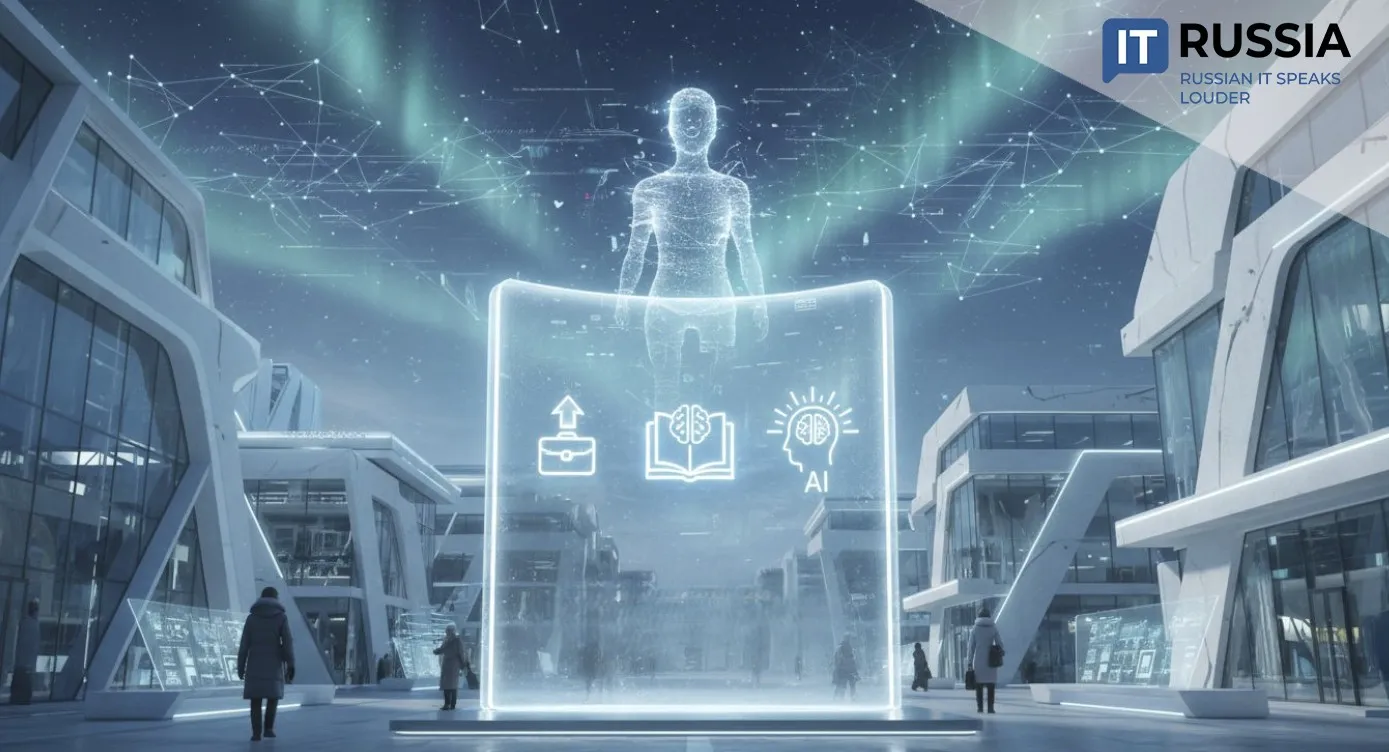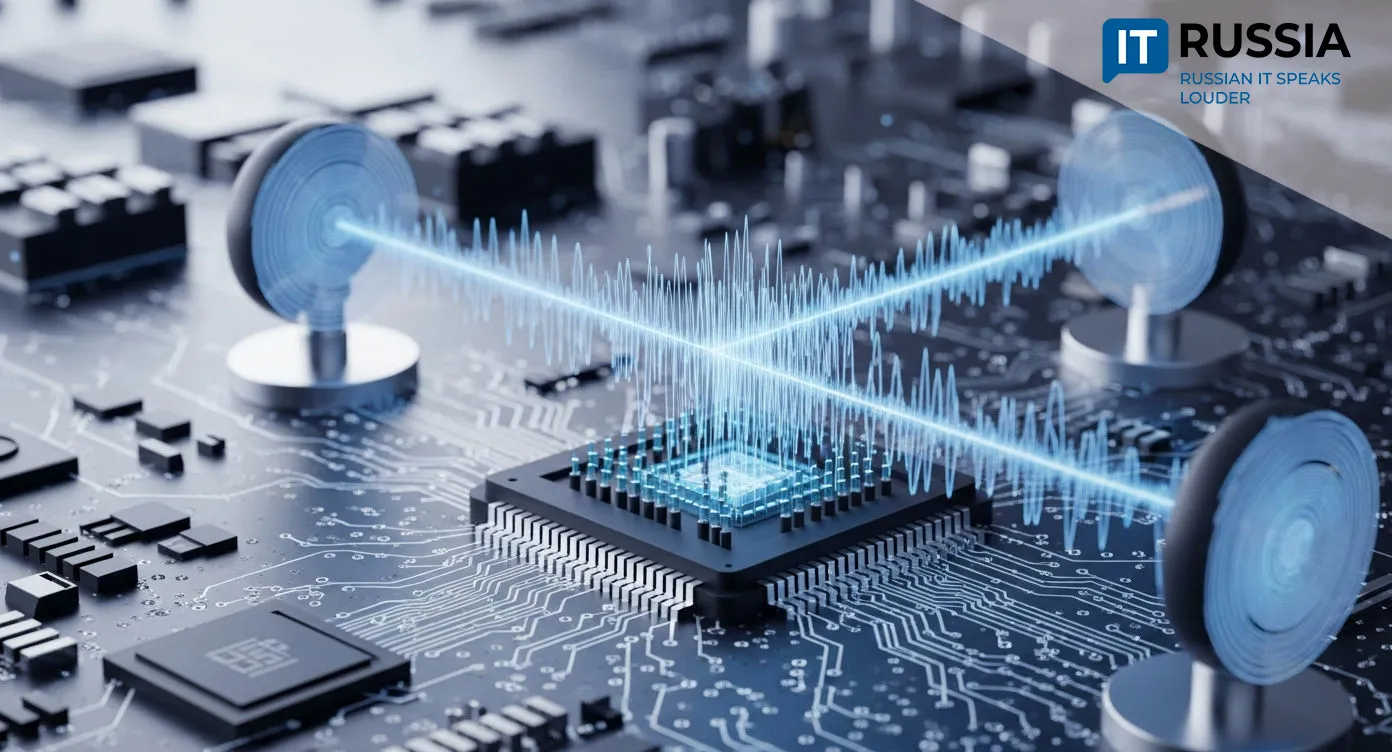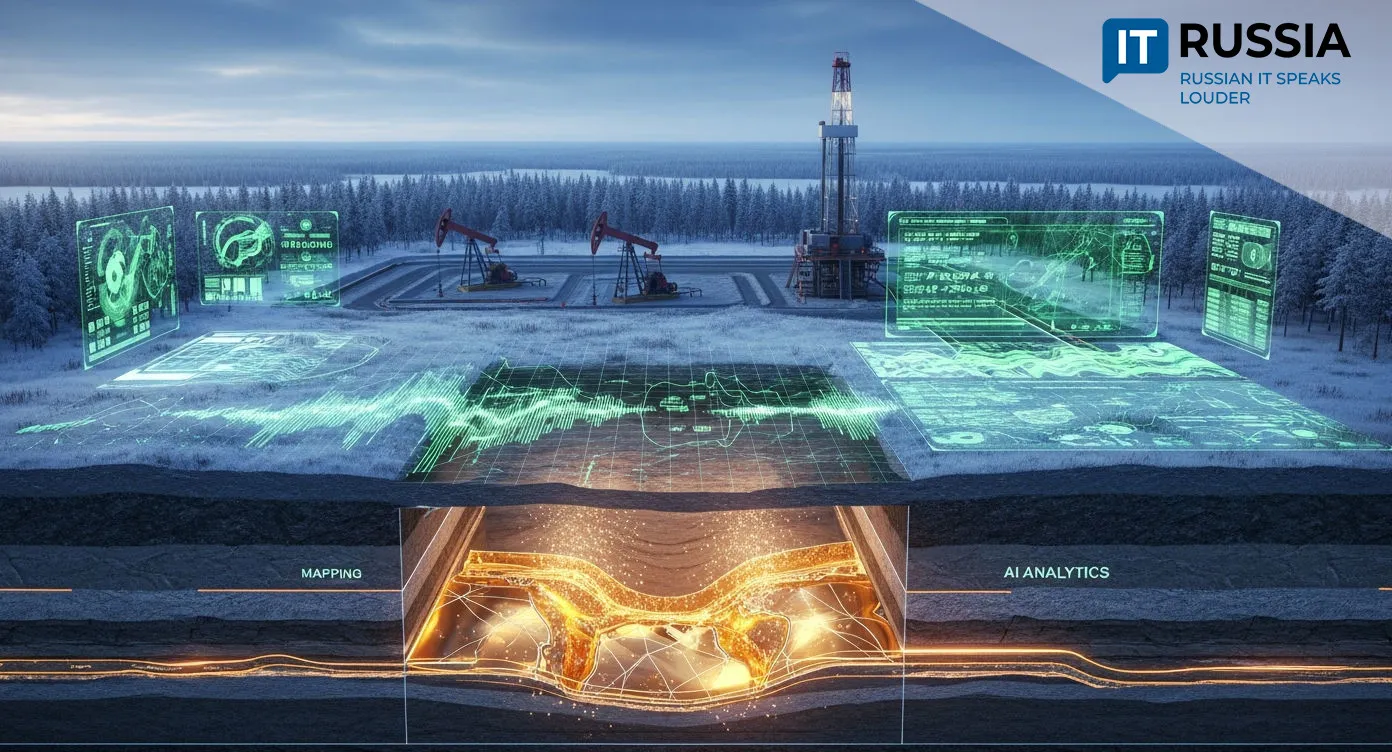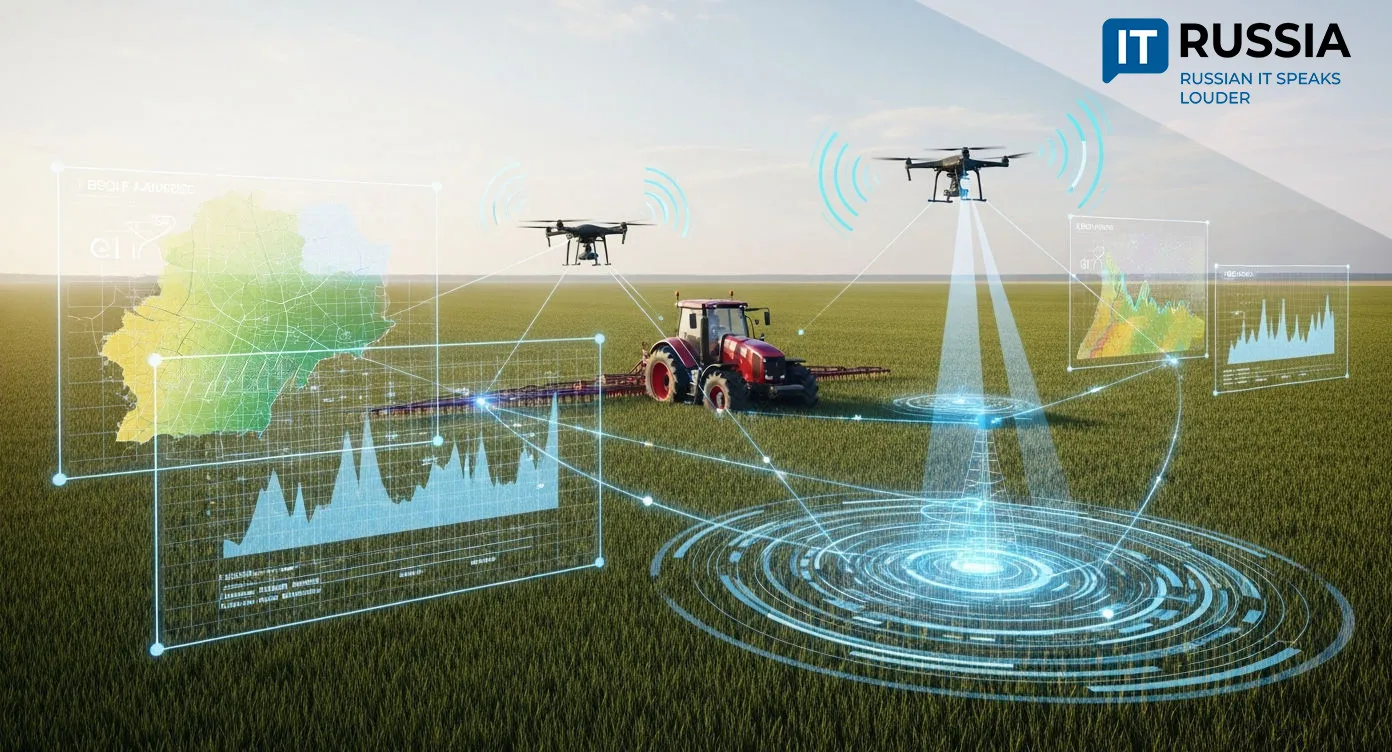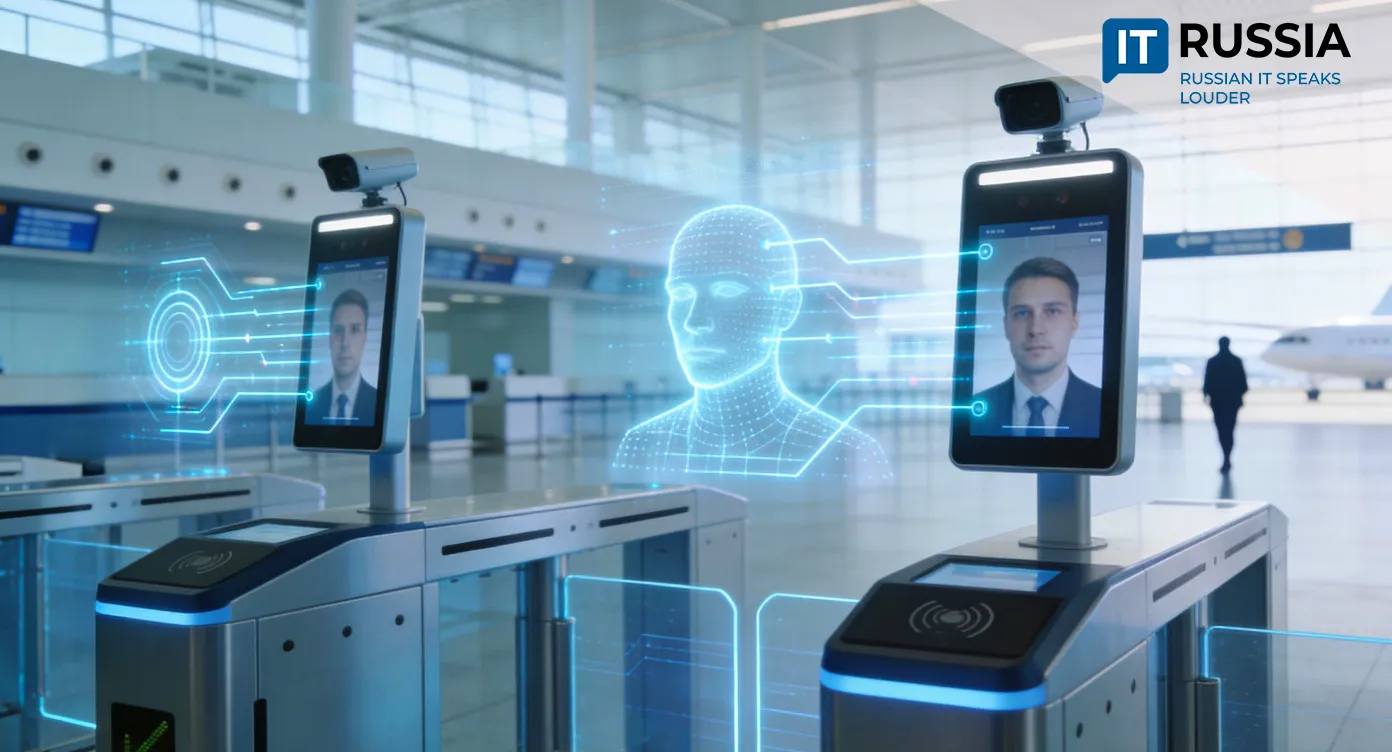Russian Scientists to Create the World’s First Detailed Digital Model of an Ancient City
In southern Iraq, Russian researchers have begun building a unique digital twin of an ancient city. Thanks to modern technologies, it is now possible to reconstruct ancient architecture and lifestyles without large-scale excavations.

A City No One Knew About
Russian specialists have made a breakthrough in archaeology. During a joint Russian-Iraqi expedition, they conducted a series of surveys to create a digital twin of the ancient city of Tell Dehailah. Scholars believe this metropolis was once the capital of a Mesopotamian state that flourished in the 18th–19th centuries BCE.
Over several years, the team carried out aerial photography at different times of day and under varying weather conditions, performed magnetometry, and created a high-resolution orthophotomap with a precision of 18 millimeters.
New technologies made it possible to capture detailed data without extensive excavations—though some digging remains unavoidable. This marks a major step forward in archaeology, helping researchers avoid damaging ancient monuments and artifacts.
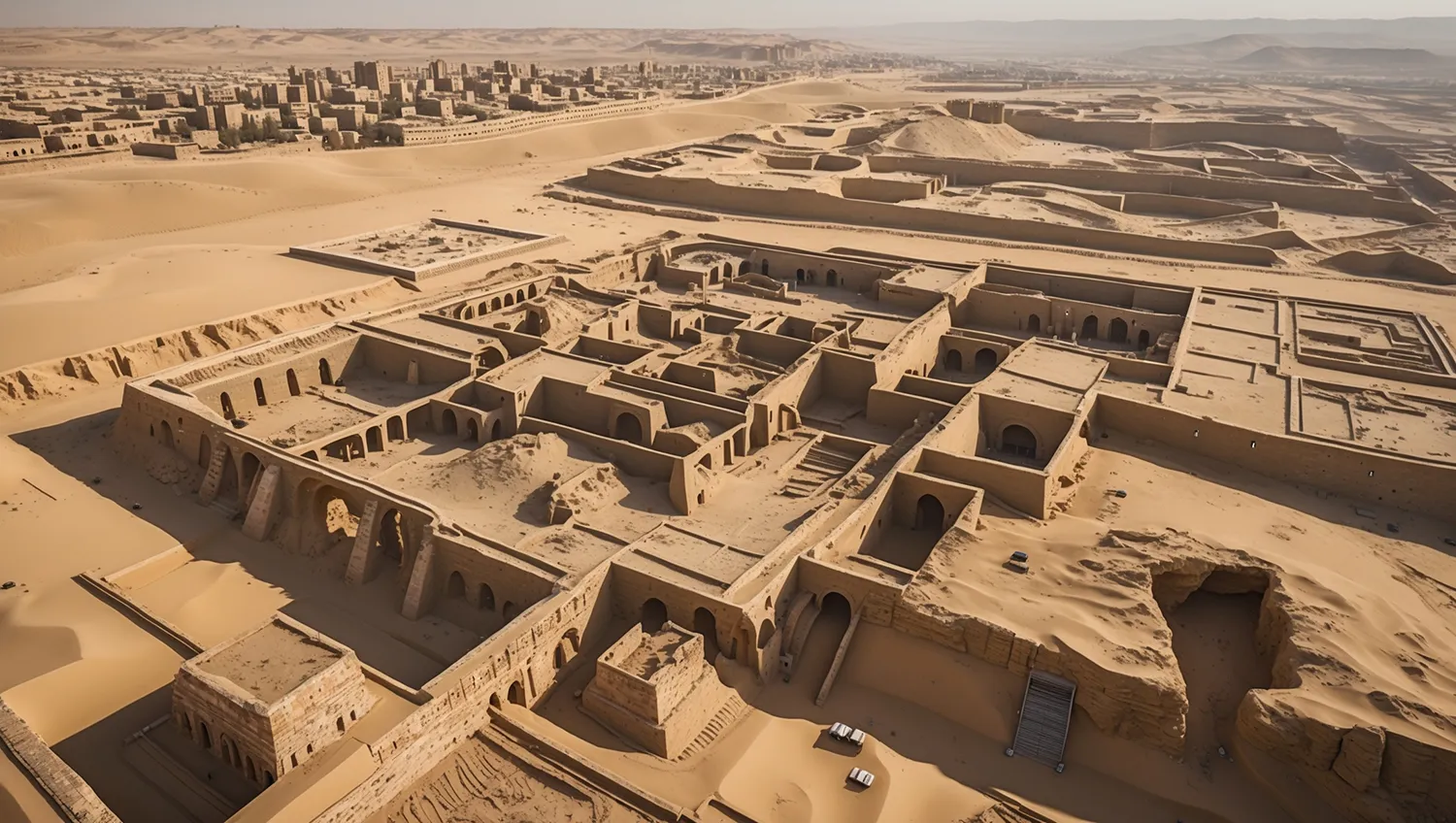
“As recently as a few years ago, such work would have required extensive excavations, effectively destroying the site. We were able to obtain detailed information without that. The data will allow archaeologists to excavate with surgical precision,” said Dmitry Kesya, Director of the Department of Geodetic Control and Digital Measurements at Severin Development.
Based on these data, specialists will create a BIM (Building Information Modeling) model of the settlement and then a detailed physical model for museum exhibitions. The process is expected to take at least two years.
What Russian Technologies Change
The BIM approach does more than reconstruct building exteriors. It also captures material properties and structural details, giving researchers a highly accurate model of the ancient settlement, down to window placement and surface textures.

The model is valuable not only for exhibitions but also as a guide to excavation itself. Researchers can now identify what to dig and where, making excavation far more efficient. This essentially reverses the old order of operations: instead of digging blindly first and analyzing later, archaeologists now know in advance what they are uncovering.
Vasily Kuznetsov, Deputy Director for Research at the Institute of Oriental Studies of the Russian Academy of Sciences, believes the project could revolutionize the humanities by offering new insights into the logic of historical development.
Russia as a Leader in Archaeological Digital Twins
Russia is emerging as a leader in using digital twins for archaeological studies.
Recently, researchers from the Rescue Archaeology Center of the Institute for the History of Material Culture of the Russian Academy of Sciences, together with Syria’s Department of Antiquities, created a digital model of the Palmyra arch. They used the same methods: scanning surviving fragments and applying BIM technologies to build the reconstruction.
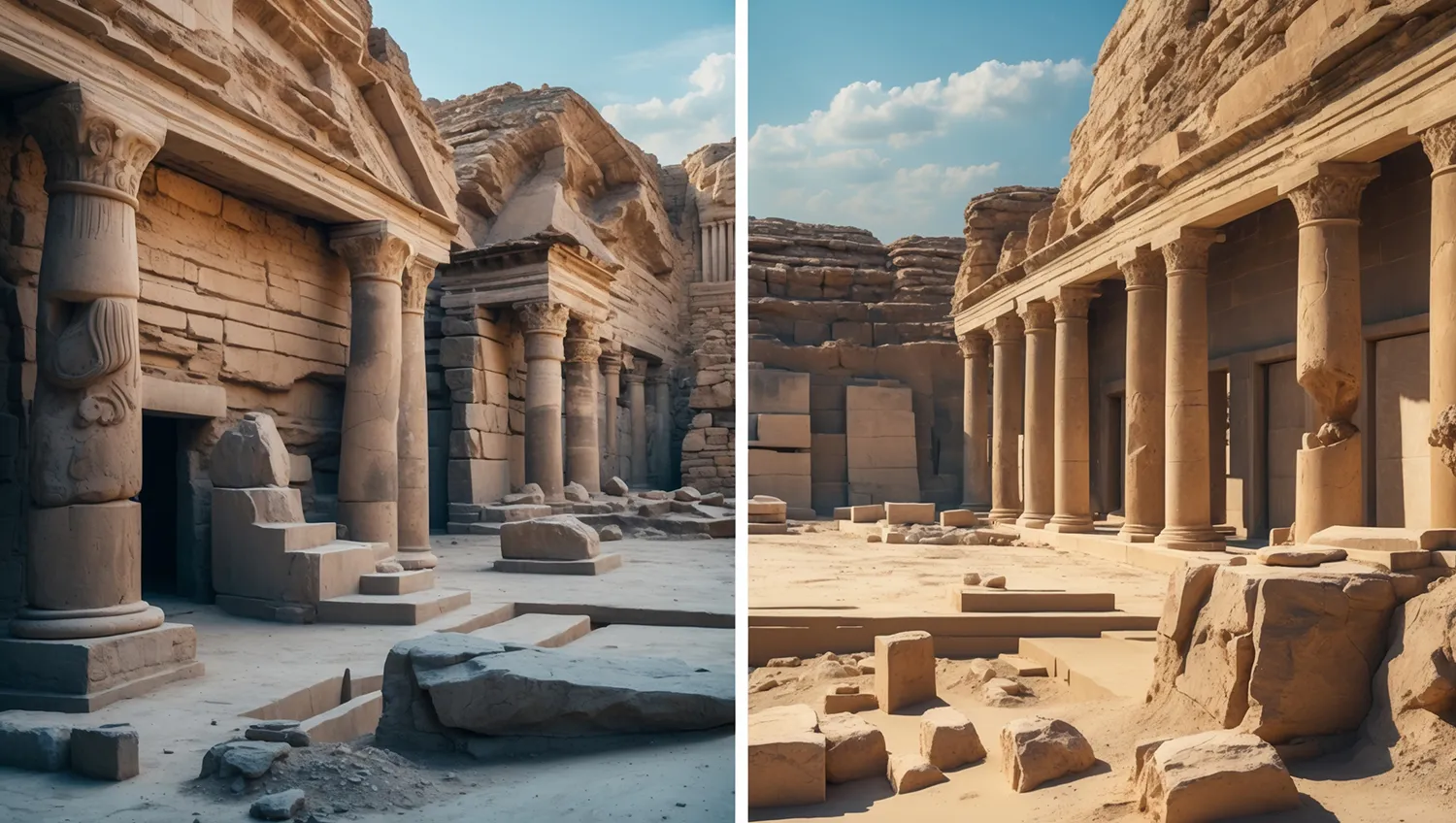
This model could eventually support the restoration of the entire lost complex at Palmyra and serve as a template for reconstructing other heritage sites. The Iraq project may become a model for similar initiatives in other regions with rich cultural legacies.
Today, Russian data-gathering and 3D modeling technologies are at the forefront. In the long term, exporting these technologies could open new avenues for cultural diplomacy. Russian software and modeling techniques may be applied in international archaeological and museum projects, strengthening cultural dialogue.


